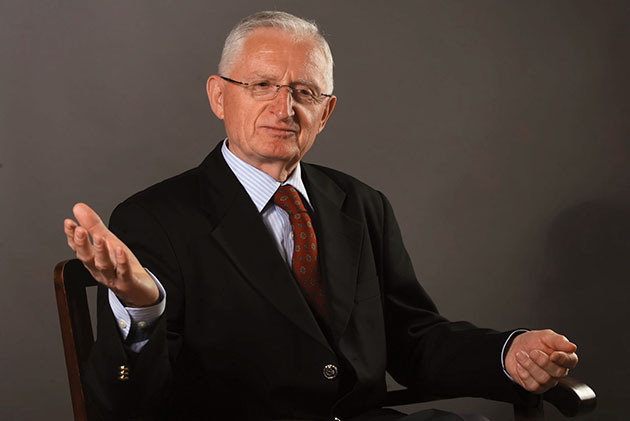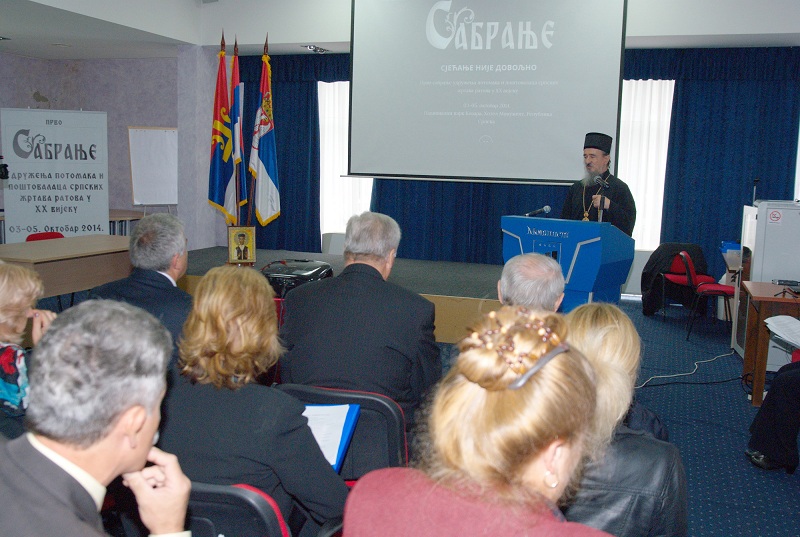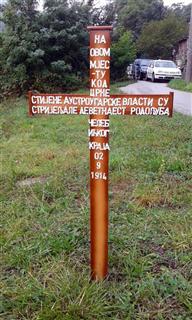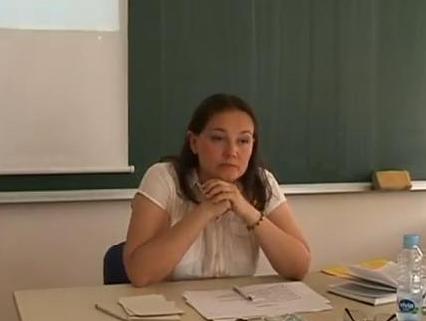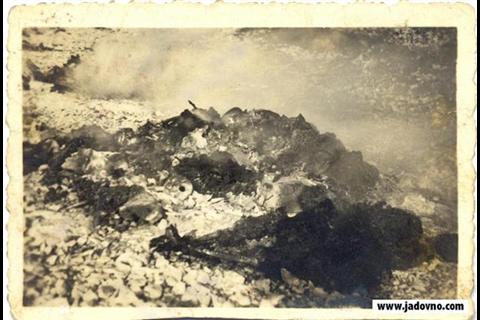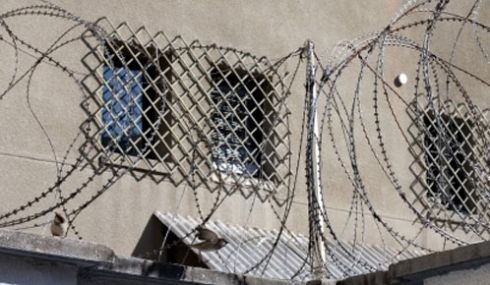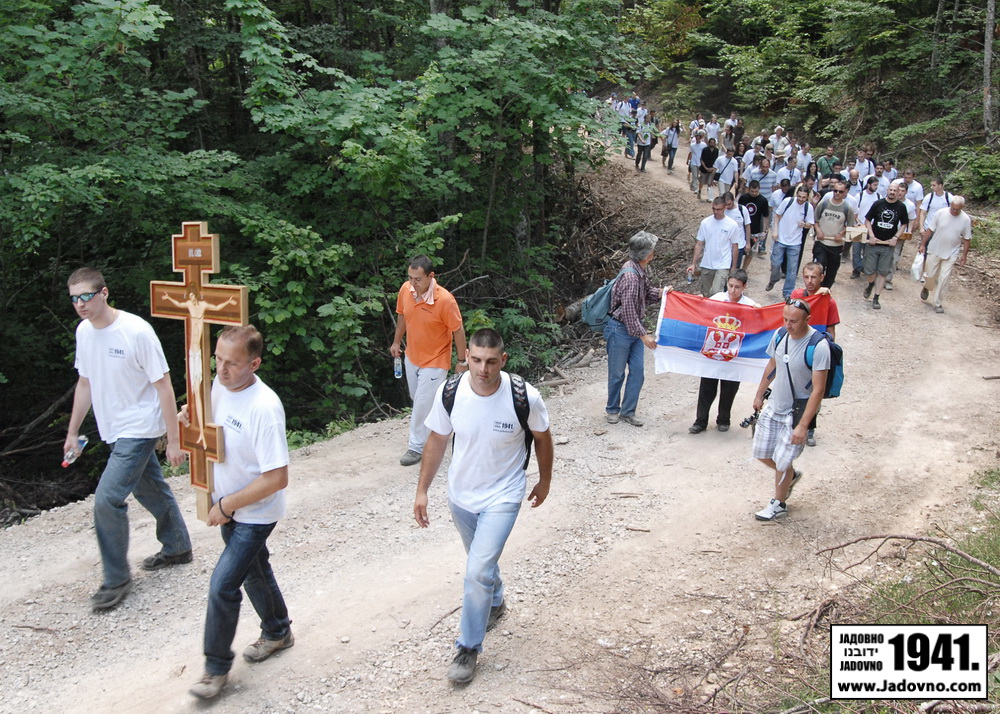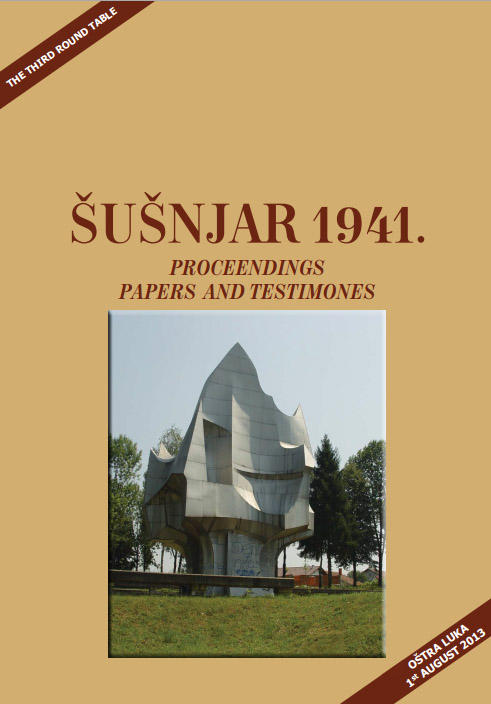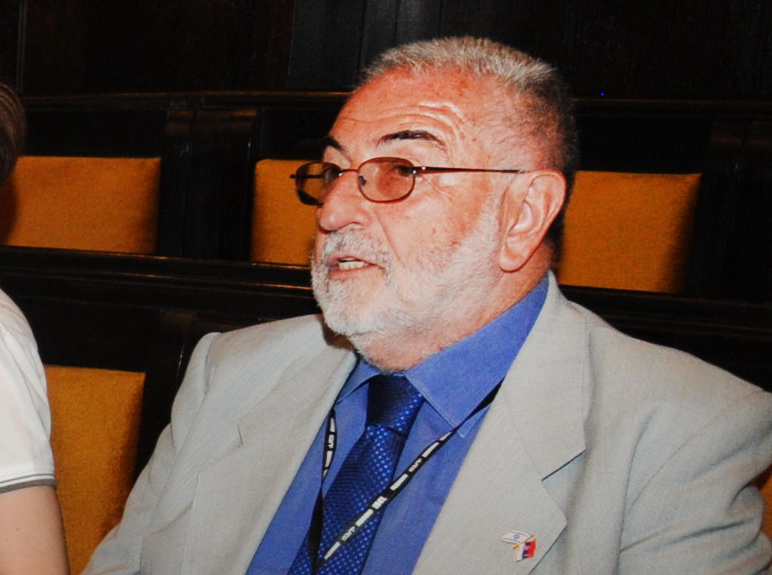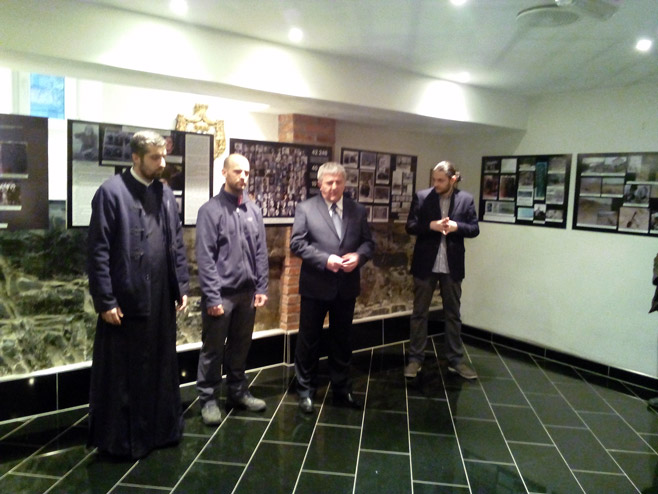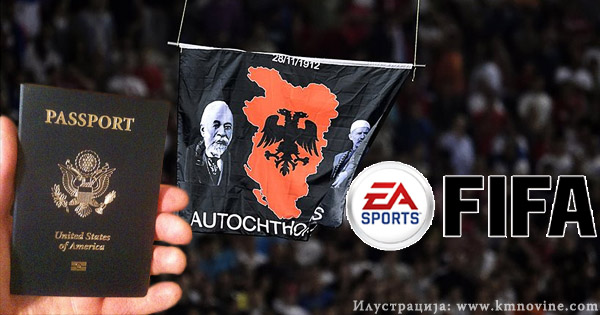
October 14, Belgrade, Serbia: When Nazi flag is protected by FIFA and the US passport
Ćirilica There was a football match between Serbia and Albania in Belgrade. The match was considered risky. But all was just peaceful, even though the Albanians have, with the help of NATO and USA, illegally stole Kosovo and Metohija, and cause troubles in other parts of Serbia as well. But the Serbs were tollerant. A general opinion was “Sport is to be played and enjoyed, so let the better one win.” During the match, the Albanians have launced a drone carrying a flag. The atmosphere exploded, and the fight started on the terrain. That’s how the mainstream media reports about the incident, and the world swallows it thinking: ” Oh,

